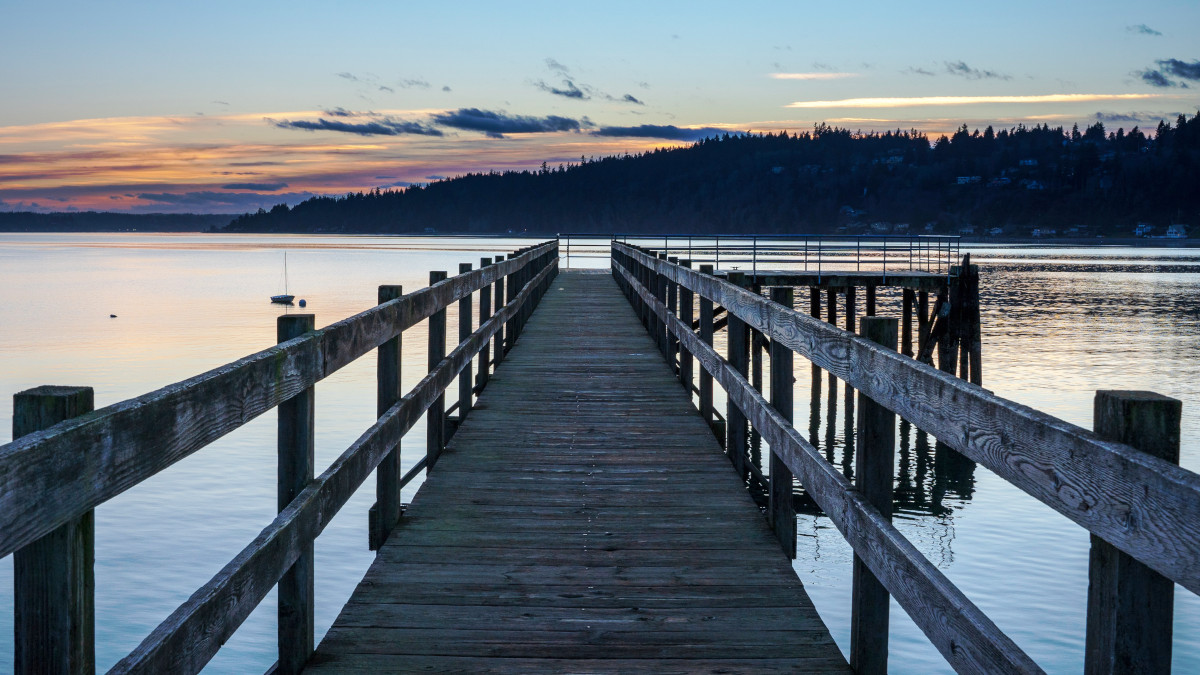There are many wonderful places to visit on Bainbridge Island in Washington state. The great news is that it is only a 35-minute ferry ride to the island from Seattle. The 27-acre island has many terrific places to visit, but I will tell you about some of my favorites as I visit my uncle often.
Bainbridge Island Museum of Art
My first stop after getting off the ferry is always the Bainbridge Island Museum of Art. This free museum offers about 20 exhibitions per year, so be sure you check for updates. In addition, they often host classes, tours, films, workshops, lectures, concerts and events.
The museum’s permanent art collection features contemporary art from the Puget Sound region, including several pieces from Bainbridge, Washington, artists. As I wander through the museum, I love seeing all the different types of art, including painting, printmaking, photography, sculpture, ceramics, glass, wood, artist’s books, fiber and jewelry art.
Coast to Coast Trail
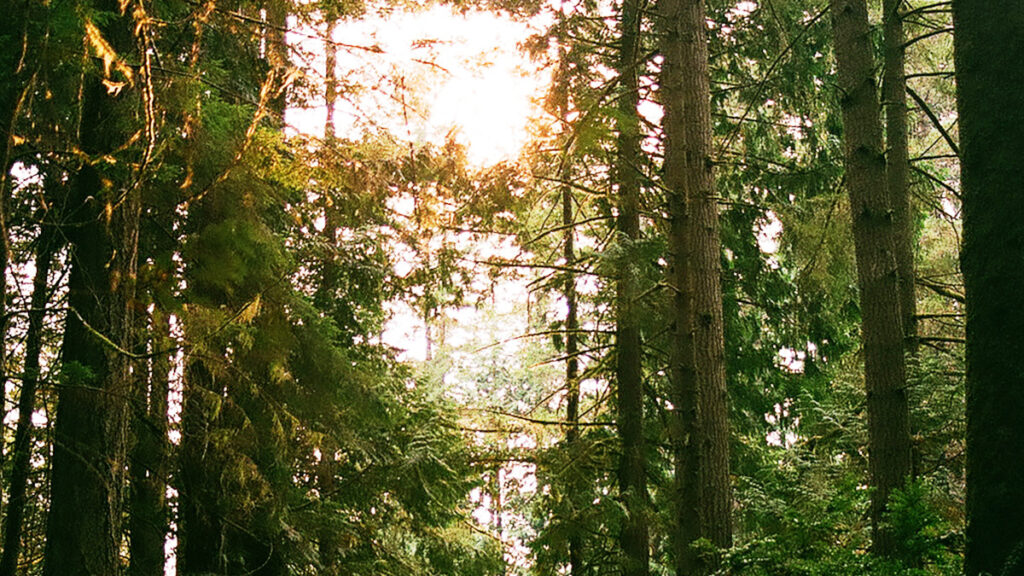 Before heading out on the Coast to Coast Trail, I stopped at Bainbridge Island Town and Country to pick up some trail snacks. Then, I decided to head to Manitou Beach to hike along the Coast to Coast Trail. From the beginning, I was impressed with this well-maintained trail because of its stunning views of the Seattle skyline. Near the beginning of this hike, I found the entrance to Grand Forest East and remembered the fun I had with my niece and nephew hiking in the Grand Forest last time.
Before heading out on the Coast to Coast Trail, I stopped at Bainbridge Island Town and Country to pick up some trail snacks. Then, I decided to head to Manitou Beach to hike along the Coast to Coast Trail. From the beginning, I was impressed with this well-maintained trail because of its stunning views of the Seattle skyline. Near the beginning of this hike, I found the entrance to Grand Forest East and remembered the fun I had with my niece and nephew hiking in the Grand Forest last time.
As I continued on the trail across Bainbridge in Washington state, shortly after I passed the Hilltop Trail Trailhead, I loved seeing the views of the Olympic Mountains ahead of me. Then, the trail led me into Grand Forest West and eventually to Battle Point Park. As I neared the end of the course at Arrow Point, I loved the views of the Olympic Mountains again.
Downtown Winslow
After completing the six-mile hike, I had a tremendous appetite, so it was time to head to downtown Winslow for lunch. This part of Bainbridge Island town has so many homes constructed about 1900 that workers built for sea captains that I always enjoy wandering through the area’s streets. I was thankful to have a few minutes before I arrived because it gave me time to decide if I wanted the:
- Vegetable fare at Emmy’s Vege House
- Italian fare at Bruciato
- Mexican food at Isle Bonita
- Sandwiches at Café Hitchcock
- American fare at Agate Restaurant
- Vietnamese fare at Ba Sa Restaurant
- Pub fare at the Ale House on Winslow
- Asian fare at Teriyaki Town
- Bristo offerings from BIMA Bristo
- French food at Coquette Bake Shop
Alas, the Streamliner Diner on Bainbridge Island in Washington state won out, and I thoroughly enjoyed my made-to-order breakfast for lunch. The thick-cut bacon and the avocado toast were fantastic.
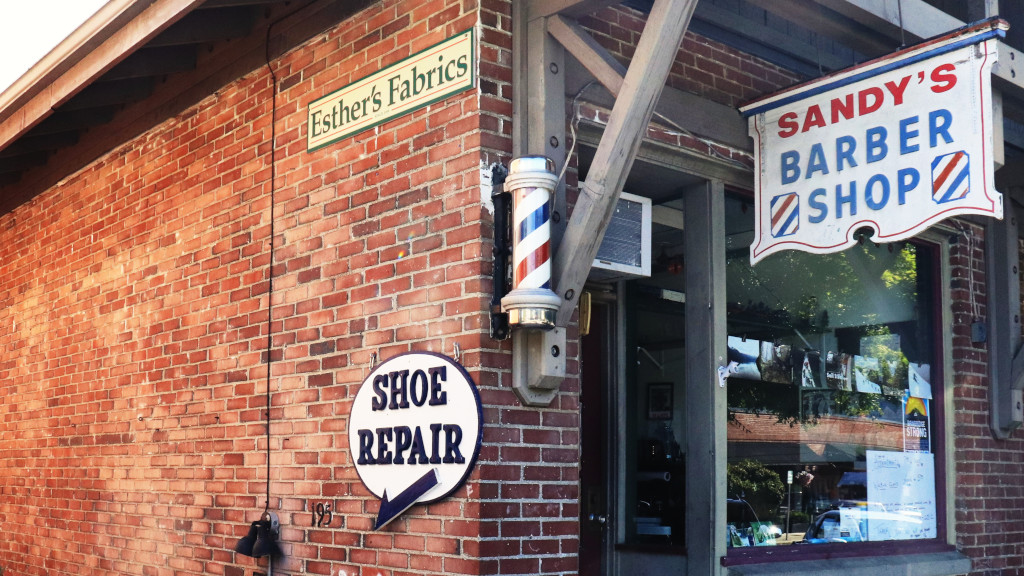
Moritani Preserve
After talking with the hostess and waitress at lunch, I could not wait to see the improvements made at Moritani Preserve. Almost in the middle of Winslow, this eight-acre preserve had been allowed to go wild until Malloree Weinheimer discovered its beauty. Initially, it was an overgrown mess, but Malloree felt the call of the Native Americans who once called this area home. She also learned that about 60 years ago, Japanese and Filipino immigrants had raised strawberries and other produce on the land. As I wandered around the property, I was impressed by the work done by Malloree and other community volunteers to restore this property to its former glory.
I especially loved how much of the area had been left in its natural state as a home for wildlife. I enjoyed seeing the gnarled apple trees blooming and the fig bushes on this visit, and I plan to return on my next visit to Bainbridge Island town. After my explorations, I decided I needed an afternoon snack, so I returned to Bainbridge Island Town and Country for more organic produce.
Bainbridge Island Japanese American Exclusion Memorial
After enjoying the natural beauty of Bainbridge Island town for most of the day, I decided to make my last stop before supper, the Bainbridge Island Japanese American Exclusion Memorial. This was a very moving experience as I walked along the wall containing 276 names of residents who were forcibly removed from the island on March 30, 1942, under Executive Order 9066 from President Franklin Roosevelt. These residents were the first to go to incarceration camps in the United States during the war. Armed United States soldiers rounded them up, and they could only bring what they could wear or carry. These citizens were first taken to Manzanar Relocation Center in California before being transferred to the Minidoka Relocation Center in Idaho.
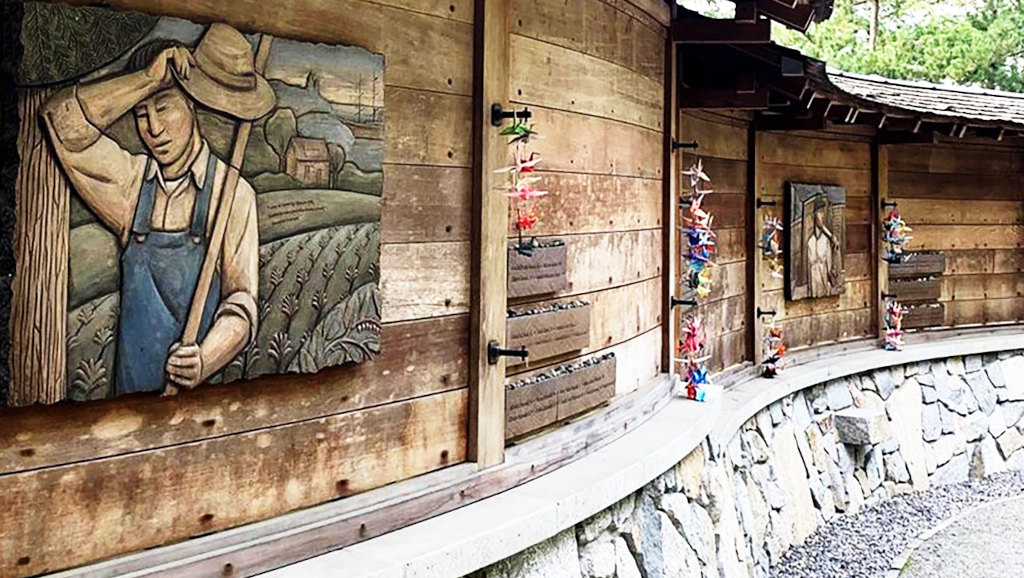
One of my most powerful moments at this Bainbridge Washington site came when I stood at the Departure Deck. This deck is located at the exact location where the immigrants, about 66% of them were U.S. citizens, boarded the ferry at Eagledale Ferry Dock. The artwork showcasing what the area looked like at that time makes you feel like you are one of the immigrants that soldiers forced on the ferry.
As I walked along the story wall to learn more about their story, I was surprised to learn that many of the residents chose to return to the island after the end of World War II. These residents faced many challenges from the trauma they had experienced, and they were under a lot of financial stress. The Bainbridge Review, the local newspaper, was unique because it openly opposed the internment and kept residents informed about their former neighbors throughout their incarceration. Meanwhile, many residents of Bainbridge Island Town had rallied for their release during their imprisonment and welcomed them back with support.
Pritchard Park
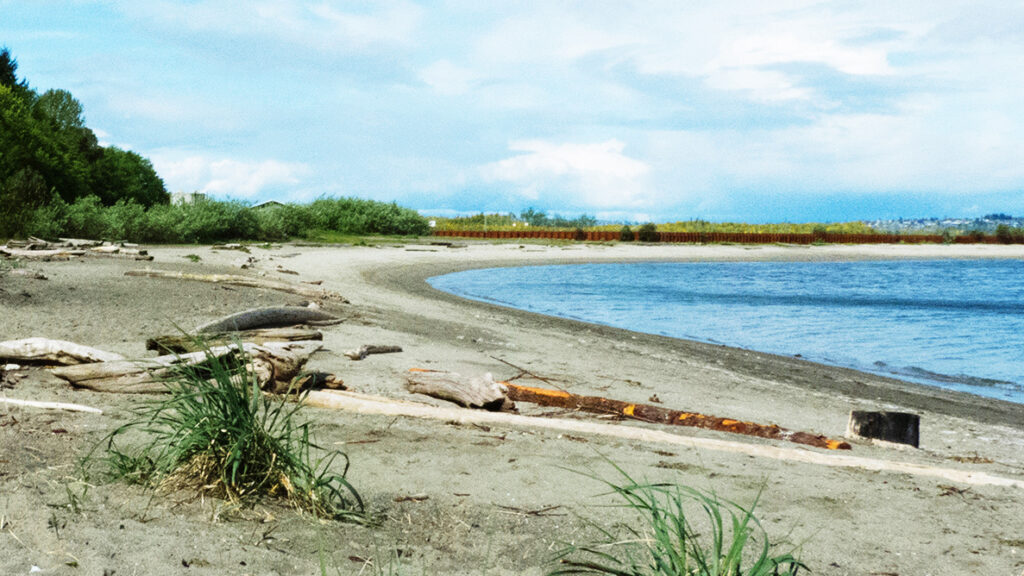
The memorial, operated by the National Park Service, is in Pritchard Park. The city acquired the first four parcels of this park in 2004. This Bainbridge Washington park is very close to where Captain Vancouver landed when he surveyed the island in 1792. Make Taylor opened a logging operation at this site in 1875, and he and his team hauled logs to the Port Blakely Mill. Soon, workers were making bricks near a stream that emptied into the harbor.
The steepest gravity gradient in North America is a very short distance south of the park. In 1904, the Perfection Pile Preserving Company opened a creosote plant at this site. The plant’s name changed several times until it was finally called the Wyckoff Creosote Plant. The plant continued growing, and the Creosote, Washington community sprang up around it. The plant continued to make creosote to preserve lumber until 1988.
The Environmental Protection Agency made the Bainbridge Island town harbor a Superfund site. By 1994, they had removed 29,000 tons of creosote sludge, 100,000 gallons of contaminated oils and 430 cubic yards of asbestos from the harbor. By the time another decade had passed, the Environmental Protection Agency had removed 370 million gallons of contaminated groundwater and 40,000 cubic yards of contaminated soil. In return, they hauled in new sand to make the beach. Citizens eventually raised over $8 million to have the park constructed after the Environmental Protection Agency withdrew their interest in the site.
The next time you are in Washington state Bainbridge Island is a must-see attraction. You will want to take the ferry to Bainbridge Island Town very soon because there is so much to do.
If you still want to dive a more I leave you here this video made by Hannah about a day in Bainbridge Island, enjoy !
